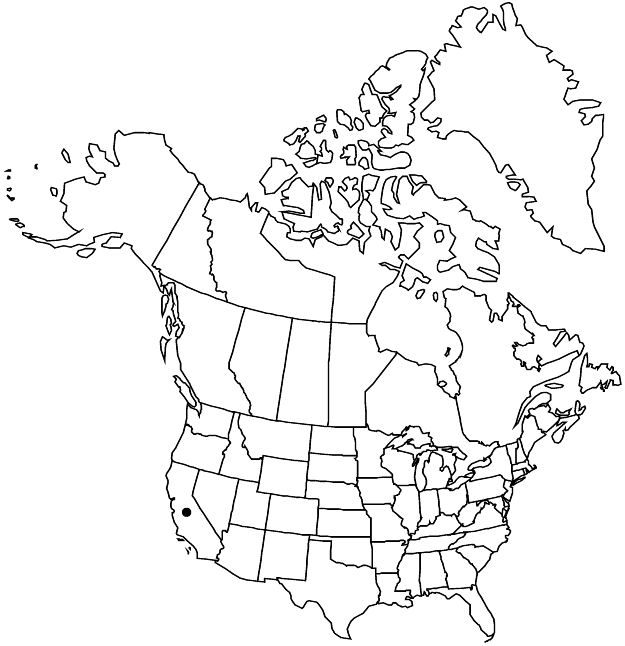Difference between revisions of "Cistus salviifolius"
Sp. Pl. 1: 524. 1753.
Introduced
imported>Volume Importer |
imported>Volume Importer |
||
| Line 52: | Line 52: | ||
|publication year=1753 | |publication year=1753 | ||
|special status=Introduced | |special status=Introduced | ||
| − | |source xml=https:// | + | |source xml=https://bitbucket.org/aafc-mbb/fna-data-curation/src/2e0870ddd59836b60bcf96646a41e87ea5a5943a/coarse_grained_fna_xml/V6/V6_718.xml |
|genus=Cistus | |genus=Cistus | ||
|species=Cistus salviifolius | |species=Cistus salviifolius | ||
Latest revision as of 23:23, 5 November 2020
Shrubs to 10 dm. Leaves petiolate; petiole 2–10 mm; blade 1-veined from base, narrowly elliptic, oblong-ovate, or ovate, 10–40 × 6–20 mm. Inflorescences usually solitary flowers, rarely cymes; pedicel 10–100 mm, longer in fruit. Flowers: sepals 5; petals white, sometimes yellow near bases, 15–25 mm; styles 0–0.5 mm. Capsules 5-locular. 2n = 18 (Europe).
Phenology: Flowering Apr–May.
Habitat: Disturbed sites, chaparral, coastal sage scrub, abandoned plantings
Elevation: 60–1000 m
Distribution

Introduced; Calif., Europe.
Discussion
Cistus salviifolius is known from the southern Central Coast Ranges, southern South Coast Ranges, and the San Gabriel Mountains.
Selected References
None.
Lower Taxa
None.